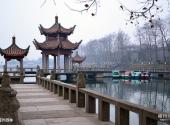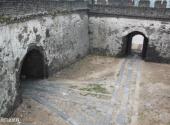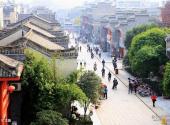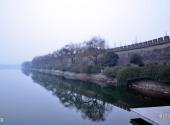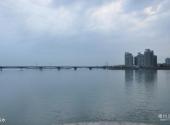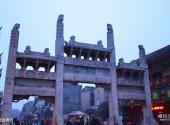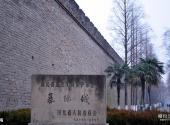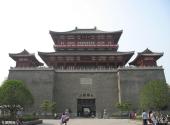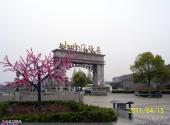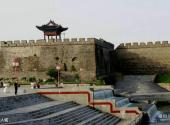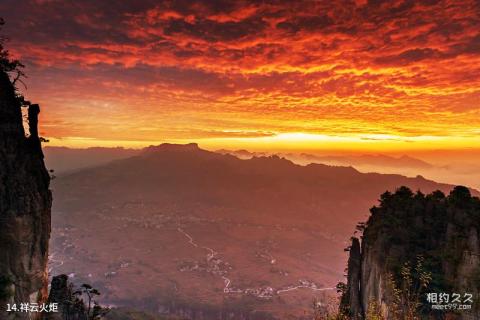
Scenic spot introduction:
Xiangyang City is a majestic and majestic ancient city, famous for its long history, splendid culture, rich cultural relics and magnificent mountains and rivers. The ancient city is located on the south bank of the Han River in Xiangyang City today, spanning Hanmian to the south and Hanmian to the north. Jie Jingluo is located at the strategic point of water and land. In the Spring and Autumn Period, it was the northern Jin garrison of the Chu State. At the end of the Eastern Han Dynasty, it was the administrative center of Jingzhou Mu Liu Biao. It was a battleground for military strategists of all dynasties.Attractions distribution:
Xiangyang City has a long history of construction. It was first built in the early Han Dynasty and has been renovated many times (as evidenced by the words "Dengcheng", "Taipingxingguo", "Yue" and "Guangxu" on the city wall bricks). It is slightly square in shape. There are Zhongxuan Tower (commonly known as Huixian Tower) and Kuixing Tower in the southeast corner, the Lion Tower in the southwest corner, and Madame City in the northwest corner. At the end of the Yuan Dynasty, most of the city wall was destroyed. In the early Hongwu period of the Ming Dynasty, Deng Yu, the Duke of Wei, guarded Xiangyang. While renovating the old city, he also extended the northeast corner of the city wall to the riverside and added two gates (Dabei Gate and Changmen). Together with the original four gates, a tower was built each (today only the small north gate tower remains). There is an urn city outside each of the six city gates, and there is a sub-city outside the urn city of the east, south and west gates. There are suspension bridges (later changed to stone bridges) outside the urn city and sub-city. The city is 8.5 meters high and has a circumference of 7.3 kilometers. It has six gates on four sides and sub-cities are built at its four corners, each with a turret. The Han River serves as a pool in the north of the city, and city walls are carved on the east, south and west sides. The walls are 130 to 250 meters wide and 2 to 3 meters deep. The water is rippling all year round, just like a flat lake (today's Xiangyang Park is used for boating by tourists). , rare in the country. Because the city is high and solid, the gate is wide and deep, coupled with the natural layout of Xian in the Han Dynasty and the surrounding mountains and rivers, it is known as "Iron-made Xiangyang". Although Xiangyang City has been repeatedly destroyed and repaired since then, it still retains the old structure of the early Ming Dynasty. The outline of the whole city still exists, especially the north city wall is the most complete. The Linhan Gate tower rebuilt in the Qing Dynasty still stands on the city head, with double eaves and nine ridges, still retaining its ancient appearance. live. Climb the tower and look into the distance. To the north is the surging Han River with its lingering blue waves; to the south is the Xian Mountain with its rolling hills and city walls and markets. The Chu Mountains in the southwest are like a screen, with numerous peaks standing in a row, encompassing a vast array of natural wonders.Scenic spot features:
Cultural tourism, leisure, historical tourism, ancient city, architecture, city wallsAttraction Address
Travel Guide
Best time to visit:
All seasons
Tourist Transportation
Scenic spot location:
China>Hubei Province>Xiangyang City>Xiangcheng District
How to get there:
The ancient city of Xiangyang is relatively large and has many bus lines. There are buses such as No. 1, No. 6, No. 14, No. 21, No. 24, and No. 512 passing through the city.
Scenic area map:
Click to expand the scenic area map
Attraction Tickets
Xiangyang Ancient Town ticket price:
Climb the Xiaobei Gate Tower: 20 yuan/person.
Scenic area opening hours:
Xiaobeimen Tower: 9:00-17:00

